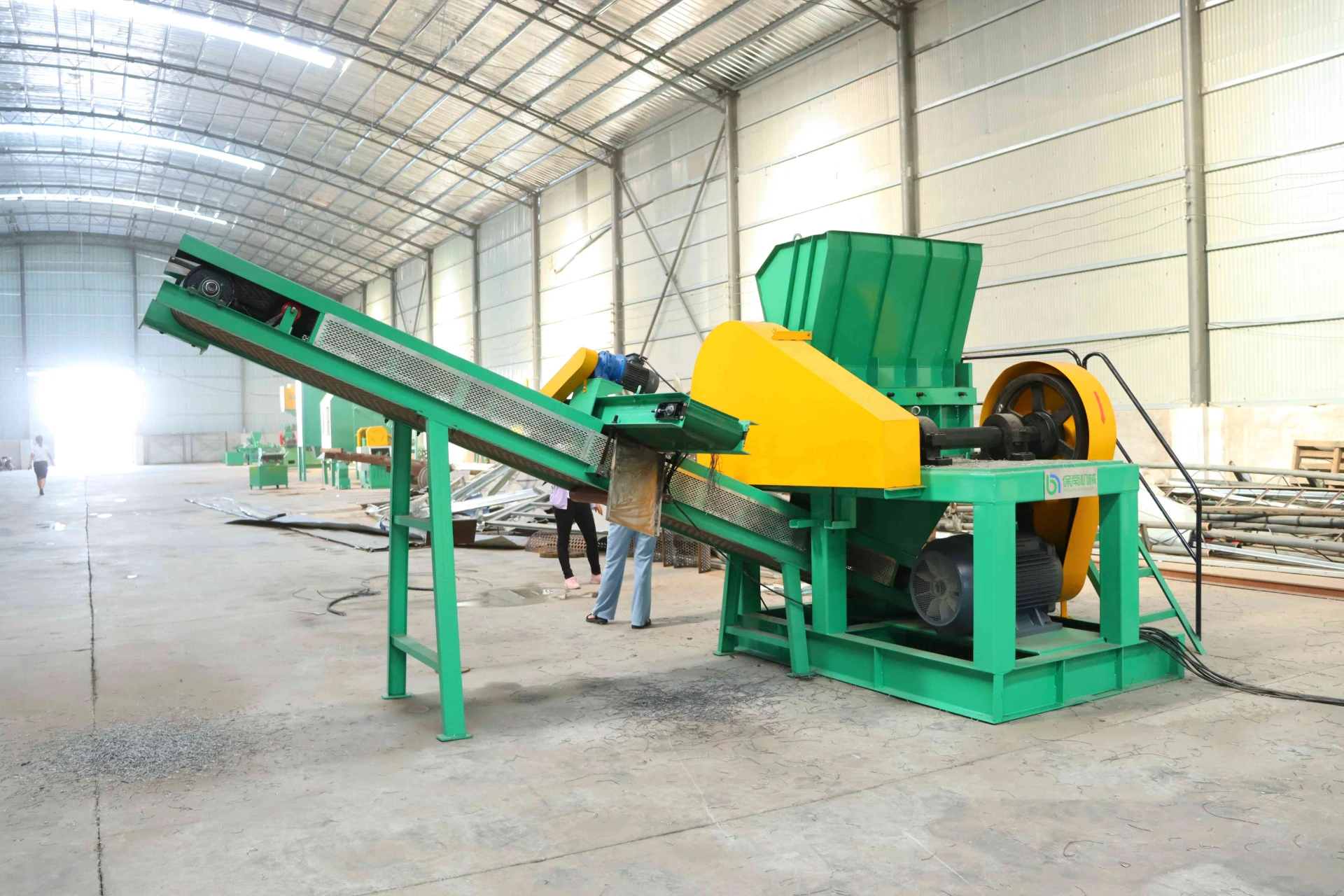

nov . 20, 2024 07:59 Back to list
Understanding Eddy Current Sorting Machines
Eddy current sorting machines represent a revolutionary advancement in material separation technology, primarily used in recycling and waste management. The process utilizes the principle of eddy currents, which are loops of electric current induced within conductors by a changing magnetic field. This technology is particularly effective for segregating non-ferrous metals, such as aluminum and copper, from other materials.
How Eddy Current Sorting Works
The operation of an eddy current sorting machine revolves around a high-speed conveyor belt system that transports mixed materials towards a rotating magnetic drum. As materials pass close to the drum, the alternating magnetic field generates eddy currents in the non-ferrous metals. These currents create their own magnetic fields, which interact with the magnetic field of the drum. As a result, the non-ferrous metals are repelled and ejected away from the non-metallic materials, efficiently separating them based on their conductive properties.
The separation process begins with the feed of mixed materials onto the conveyor belt. The non-metallic materials, such as plastics and organic waste, continue moving along the conveyor, while the induced magnetic forces act on conductive metals. The design and adjustment of the machine allow for fine-tuning of the separation process to ensure maximum efficiency and recovery.
Applications in Recycling and Waste Management
Eddy current sorting machines play a critical role in the recycling industry by enhancing the recovery of valuable metals from waste streams. In municipal solid waste, they help separate metals from other rubbish, thereby reducing landfill usage. This capability is increasingly important as municipalities seek to improve recycling rates and divert waste from landfills to more economically sustainable practices.
The machines are also employed in waste processing plants, where they contribute to the recovery of metals from electronic waste (e-waste). E-waste contains precious metals like gold, silver, and palladium, which can be recovered and recycled, minimizing environmental impact and the need for mining new resources.

Advantages of Eddy Current Sorting Machines
One of the primary advantages of eddy current sorting machines is their speed and efficiency. They can process large volumes of materials quickly, providing high throughput rates essential for industrial recycling operations. Furthermore, the precision of the sorting process significantly decreases contaminants, resulting in higher purity levels of the recovered metals.
Moreover, the non-contact nature of the eddy current process means that materials can be efficiently sorted without physical damage. This non-intrusive sorting method preserves the integrity of the materials, making it ideal for high-value components that require careful handling.
Eddy current sorting machines also embrace technological advancements, incorporating features such as programmable software for adjusting operational parameters and sensors for monitoring performance. These enhancements ensure that sorting can be optimized based on varying material compositions.
Challenges and Considerations
While eddy current sorting machines are effective, they are not without challenges. They may struggle with certain types of materials or inhomogeneous mixtures, requiring pre-sorting or additional technologies to maximize efficiency. Additionally, initial capital investment can be significant, which might deter smaller operations.
Nevertheless, the advantages far outweigh the challenges. As recycling efforts become more critical in combating ecological issues and resource depletion, eddy current sorting machines will undoubtedly continue to play a pivotal role in advancing sustainable practices. Their ability to enhance metal recovery not only promotes the circular economy but also helps industries justify their responsible ecological footprint.
In conclusion, the eddy current sorting machine stands out as a cornerstone in modern material separation techniques, reflecting a blend of innovative engineering and environmental responsibility. Its contributions to recycling and waste management are invaluable, setting a benchmark for future advancements in the field.
Latest news
Troubleshooting Common Eddy Separator Problems
NewsJul.04,2025
The Role of Metal Recycling Plants in Circular Economy
NewsJul.04,2025
The Impact of Recycling Line Pickers on Waste Management Costs
NewsJul.04,2025
Safety Features Every Metal Shredder Should Have
NewsJul.04,2025
How Industrial Shredders Improve Waste Management Systems
NewsJul.04,2025
How Cable Granulators Contribute to Sustainable Recycling
NewsJul.04,2025